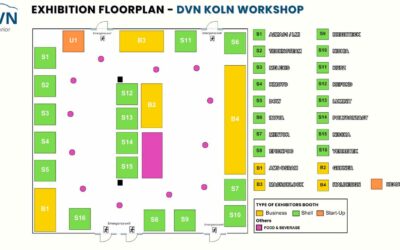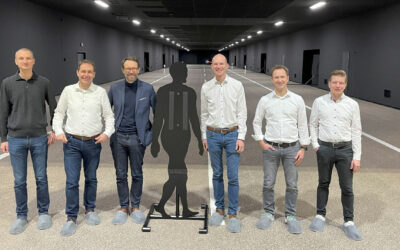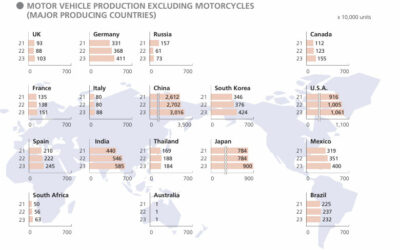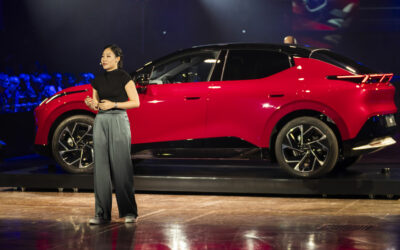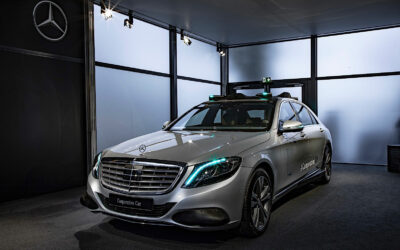Each January, the world’s industries gather in Las Vegas for the biggest tech event on the planet, CES, to unveil their innovations that will shape our future.
For all industries, including automotive, software trends continue to dominate the industry’s collective brainpower, but as automakers and suppliers take a moment to breathe and rethink the value of self-driving technology, pure-touchscreen interfaces, and maybe even ‘AI’, much of the emerging focus is on what can be done inside the cabin to keep drivers and their passengers safe, healthy, and entertained.
These trends reveal a shift toward more personalized and seamless interactions between occupants and their vehicles, with features like real-time hazard alerts, adaptive comfort settings, getting back control buttons, ‘AI’-driven navigation systems, and more.
From an automaker perspective, supported by suppliers, high-interest topics include wider head-up displays, cooperation between Honda and Sony, Suzuki’s new platform, and more power to everything.
Years ago, car manufacturers discovered CES in Las Vegas and presented their latest achievements. Now that infotainment is becoming increasingly important and development cycles are getting shorter, CES is a well-matched stage for the auto industry. But participation is still fluctuating. Even though several major automakers aren’t present, including Hyundai and Mercedes who had previously planned to be there, there are still a great many exhibits to see. Magna, ZF, and Forvia are among the major tier-1s absent from CES this year.
Software-Defined Vehicles
SDV is a big thing here, as the electronic and software architecture allow better efficiency, ending up with an improved driver experience. It includes precise, scalable maps for more automated vehicles, platforms and tools for the efficient development and maintenance of SDVs as well as performant, energy-saving storage technologies. These technologies promise to further digitalize the automotive industry, increase efficiency, and further improve driving experience.
Intel is presenting their vision for SDVs in several keynotes and talks. Highlights include the combination of high-performance computing, intelligent energy management and zonal controllers as well as ‘AI’-supported solutions for end users.
Keysight presents solutions for the emulation and validation of SDVs, including virtual prototypes and vehicle-to-grid compatibility testing. The tools improve production processes, increase efficiency and reduce development times. One focus is on cybersecurity with automated test solutions.
Vector shows a comprehensive SDV package, consisting of a modular software platform, an open software factory and accompanying development services, and technologies such as OTA updates, parallel SIL and HIL testing, and SDV cloud integration.
Bringing Back Buttons
Actual, real, physical controls for safer and more intuitive HMI is another big thing! For example, Hyundai recently told Korea’s JoongAng Daily they are reintroducing physical buttons in their vehicles, responding to growing demand for intuitive and accessible controls. It might be a matter of enthusiasm (for what was presented as an imminent wholesale shift to autonomous driving) having spurred automakers to jump the gun a bit with their interface designs. Now that it’s apparent real self-driving is still a ways off, more human-centric interfaces with real controls are coming back. When driving will become more automated for real, drivers may one day welcome back pure-touchscreen interfaces.
For now, drivers are fed up with touch screens, and raise questions about their usability, especially while driving. Hyundai’s decision follows feedback that tactile buttons provide a safer and more ergonomic way to adjust essential features like climate controls without diverting attention from the road.
This shift aligns with upcoming Euro NCAP standards, which will require physical controls for certain functions by 2026 for vehicles to achieve top safety ratings. Hyundai’s refreshed Ioniq 5 already incorporates these changes, signaling a broader trend within the industry to prioritize safety and driver convenience.
Here are a few examples supporting this buttons-are-back trend.
Driver Monitoring Beyond Attention
Driver monitoring is now mandatory in all vehicles, and performance still needs to be normalized. However, new technologies are showing up, including using DMS to interpret driver emotions. Here’s a first look:
Omnivision/Philips
Omnivision and Philips present an in-cabin monitoring system designed to track vital signs such as heart rate and breathing patterns, with the goal of enhancing driver and passenger comfort. By integrating this data with vehicle settings, the system promises to adjust lighting, climate, and even suggest breaks or route changes based on physiological responses.
Omnivision’s senior automotive marketing manager Ritesh Agarwal says automakers « are continuously looking to add value and differentiate their brands by adding novel features that increase the comfort level in cars. This in-cabin solution will bring added value to automotive consumers and shorten time to market for tier-1 [suppliers] ».
Continental’s Invisible Biometrics Sensing Display

Continental is returning to CES with their Invisible Biometrics Sensing Display, covered in greater detail later in this newsletter.
LG’s ‘AI’ In-Cabin Sensing
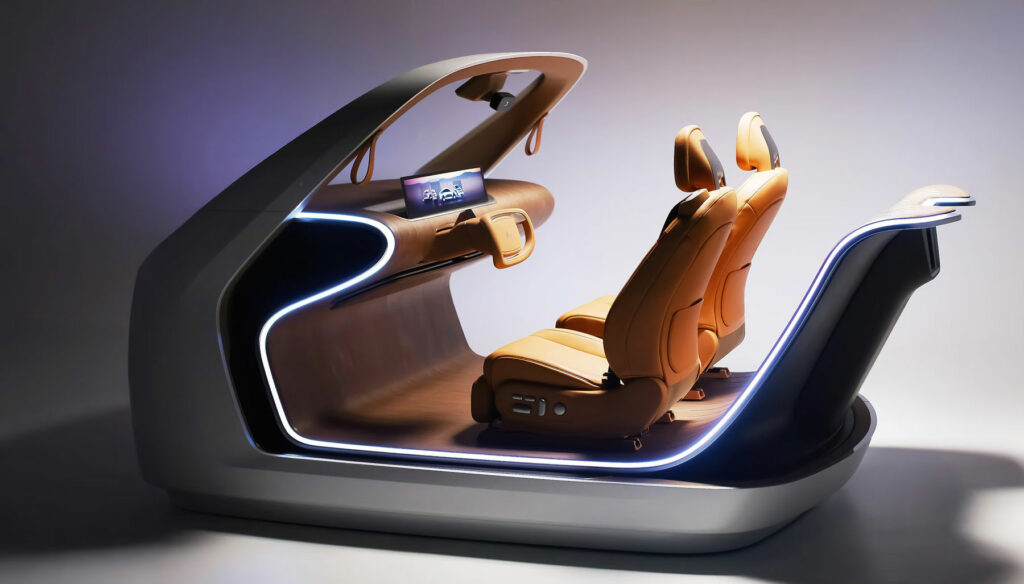
LG showcases their « AI In-Vehicle Experience ». This sensing solution is designed to bring greater safety and convenience to the driving experience.
The system starts by detecting and analyzing both the driver and vehicle interior in real time through two key systems: DMS, and the Driver and Interior Monitoring System (DIMS). Both systems are demonstrated through immersive, interactive simulations.
The in-cabin sensing solution adapts to individual preferences and needs, delivering tailored services such as personalized driving routes, real-time updates on road conditions, and information on nearby infrastructure and points of interest. The DMS can identify driver’s physical health and emotional state through real-time heartrate monitoring and facial expression recognition. This system helps improve road safety by alerting users to their level of alertness and overall wellbeing, as well as giving them an effortless way to track their health over time.
InDJ Emotion Aware ‘AI’
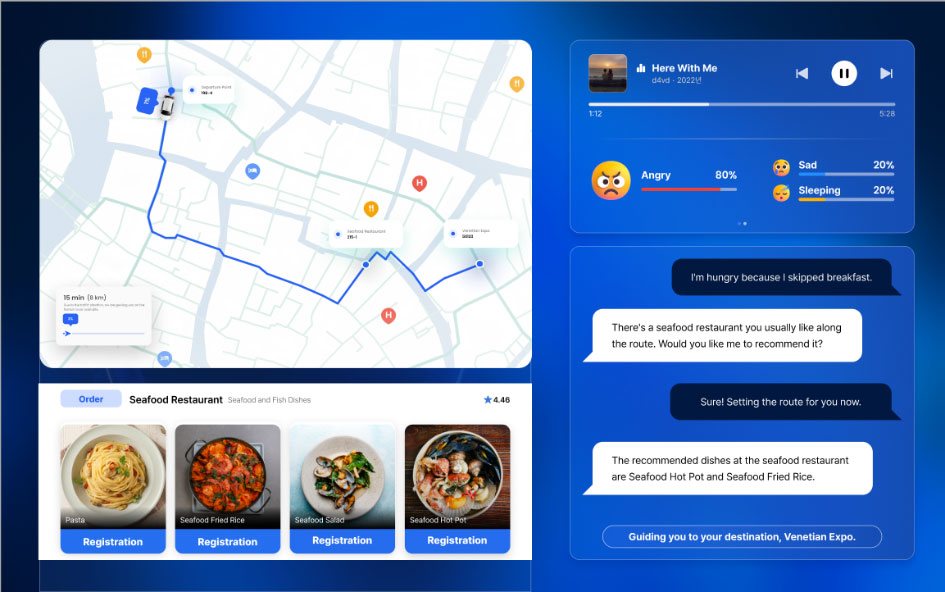
South Korea’s InDJ is a company of experts in emotion recognition ‘AI’, to make human-machine interactions seem more intelligent and empathetic. With award-winning solutions presented at CES, the company expands its technological reach into connected automotive applications.
InDJ’s Connected Car Infotainment Assistant uses internal and external sensors to continuously analyze the emotional states of drivers and passengers in real time. By gauging mood and sentiment, the system can provide tailored music recommendations, optimize navigation routes, adjust in-cabin temperature settings, and act as a virtual personal assistant. The result is a safer and more comfortable driving experience—one that feels deeply personalized and responsive to user needs.
Cipia
MulticoreWare, specialists in software and engineering solutions, and Cipia, specialists in ‘AI’-driven in-cabin monitoring, are collaborating to unveil a groundbreaking demonstration of sensor fusion technology. This system combines 60-GHz radar and infrared camera technologies to precisely track driver and occupant vital signs, including child presence detection, even under complex conditions.
Technology, optimized for edge computing platforms, enhances safety and decision-making by enabling real-time monitoring and proactive interventions. MulticoreWare’s expertise in radar sensor processing and Cipia’s advanced computer vision ‘AI’ complement each other; together, they aim to deliver integrated safety features for software-defined vehicles.
Voice Recognition (far-field voice capture)

Voice control is an enduring quest, looking for hands-free functionality, good for both safety and convenience. Far-field voice capture allows drivers to interact with in-car systems for navigation, phone calls, or media control without taking their hands off the wheel or eyes off the road.
In this context, far-field technology’s ability to distinguish between the driver’s voice and other background sounds, such as road noise, music, or conversations among passengers, becomes essential. This enhances the reliability and responsiveness of voice assistants within vehicles.
Ark Electronics USA, a global electronics manufacturer, created Ark X Laboratories to deliver voice experience to the market. Their next generation of advanced, high performance far-field voice capture solutions, featuring Cirrus Logic, Sensory and NXP technologies, are Amazon pre-qualified and production ready. This provides voice-enabled IoT products and smart devices.
Personalized Interactions
Garmin launches Unified Cabin 2025

The Garmin Unified Cabin 2025—a CES Innovation Award winner this year—comes with infotainment and safety features., every passenger having a unique experience. The product comes with infotainment features, such as personalized voice assistants for every seat in the car, zoned audio and six displays across four zones.
It also includes safety features, such as child presence detection and computer vision and augmented reality for better views of the front and rear blind spots.
It is powered by Qualcomm Technologies’ Snapdragon Cockpit Elite platform. Key features include backseat child presence detection, ultra-wideband capabilities, and driver monitoring to ensure road focus even amidst rich entertainment options. Passengers can enjoy personalized gaming or streaming experiences at their seats, using Bluetooth headphones and smartphones that connect to each individual screen.
Wider head-up display
BMW Panoramic Vision, with operating concept
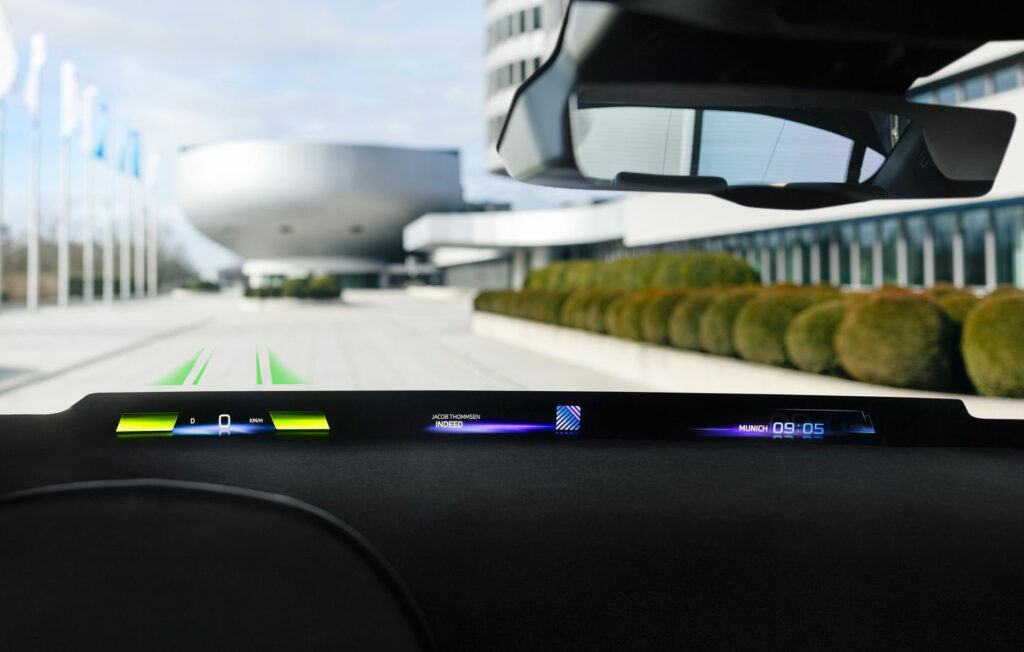
BMW, the only German premium automaker on site, has been preparing the launch of their « New Class » cars for years—in the development departments as well as in the media. The time will finally come in 2025. At CES, the Panoramic Display and the associated new operating system are at the center of BMW’s presentation. Find more detailed coverage later in this newsletter.
Hyundai Mobis-Zeiss Holographic Display
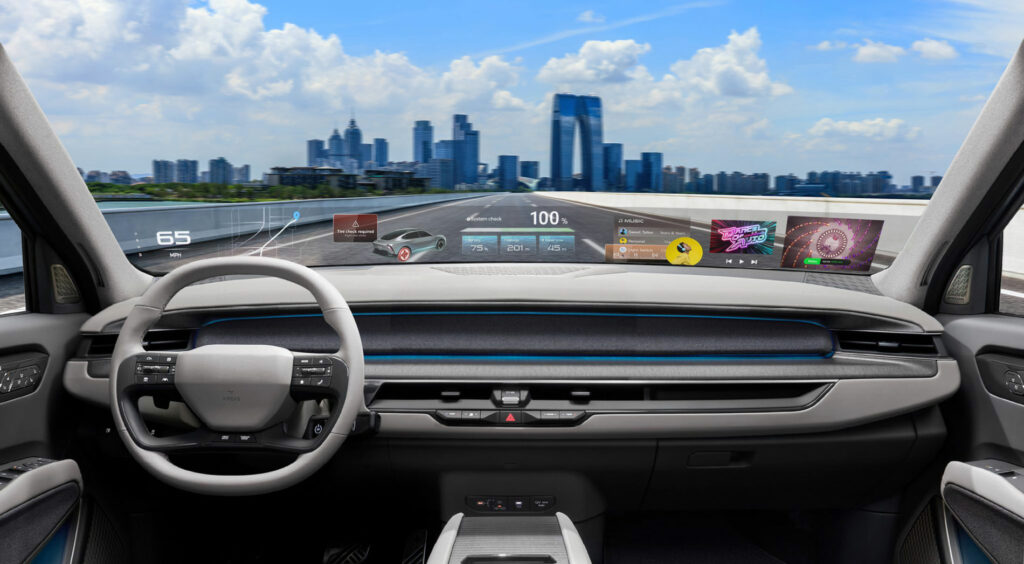
Hyundai Mobis introduced three human-tech technologies: the Holographic Windshield Display, the Human-Centric Interior Lighting System, and the Brainwave-Based Driver Care System (M.BRAIN). These innovations are designed to enhance the interaction between humans and machines, prioritizing user safety, convenience, and experience.
Ceres Holographics, Eastman and Appotronics
A lot of new announcements on Ceres Holographics side, more to come with interview and report in net week’s newsletter.
Cockpit and ADAS integration platform
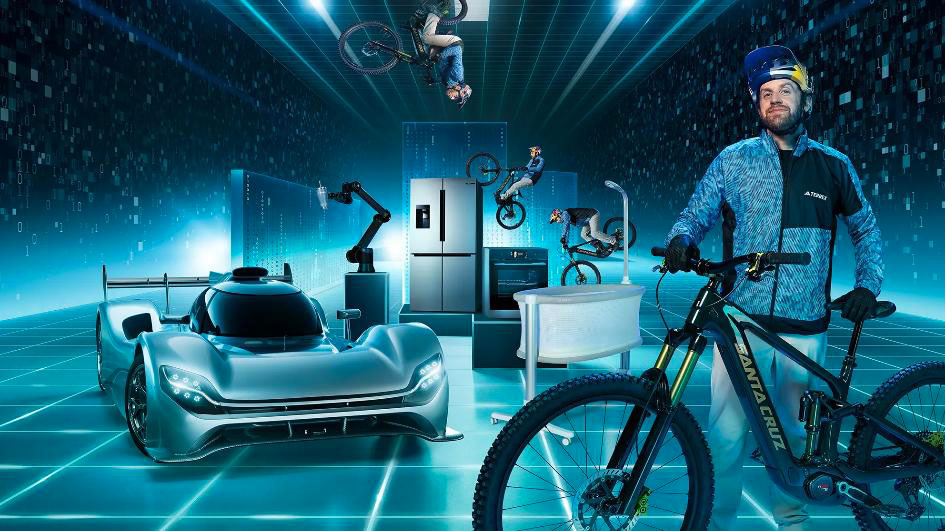
Bosch Mobility presents highlights from the areas of connected mobility, automated mobility, and powertrain systems and electrified mobility.
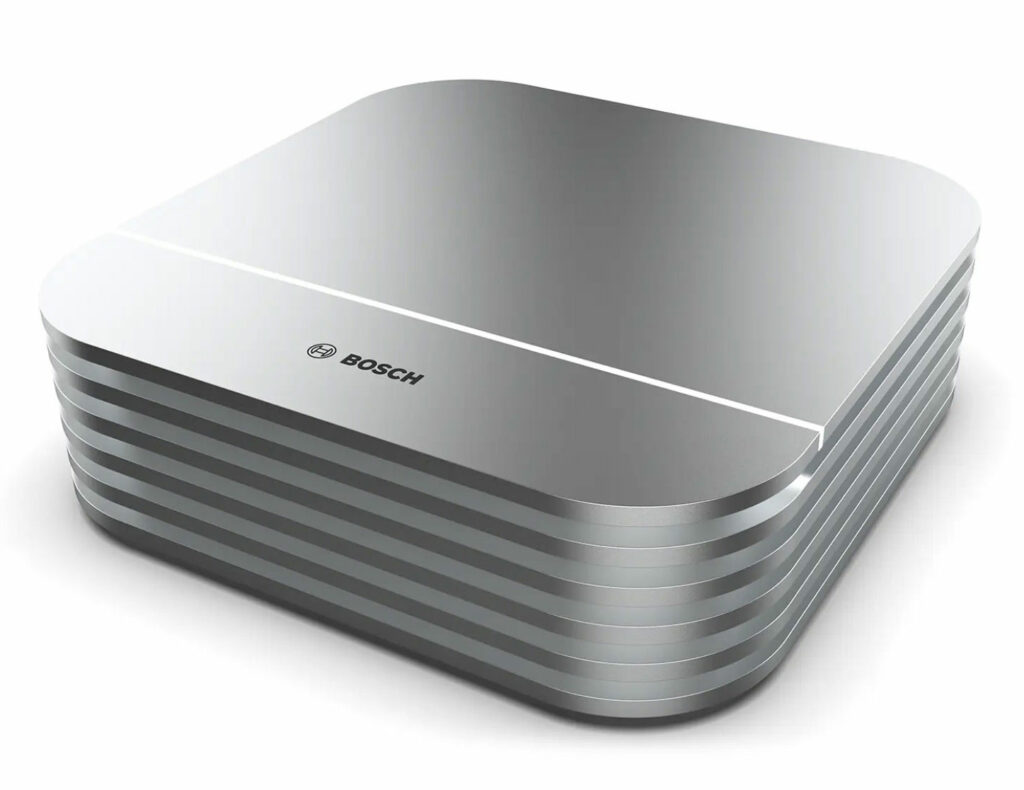
The cockpit & ADAS integration platform is a scalable, modular platform. It combines the system functions for assisted and automated driving and infotainment in one high-performance computer. Thanks to this capability, this Bosch vehicle computer can simultaneously detect lanes, park automatically, and process personalized navigation and voice assistance functions.
Honda and Sony cooperate
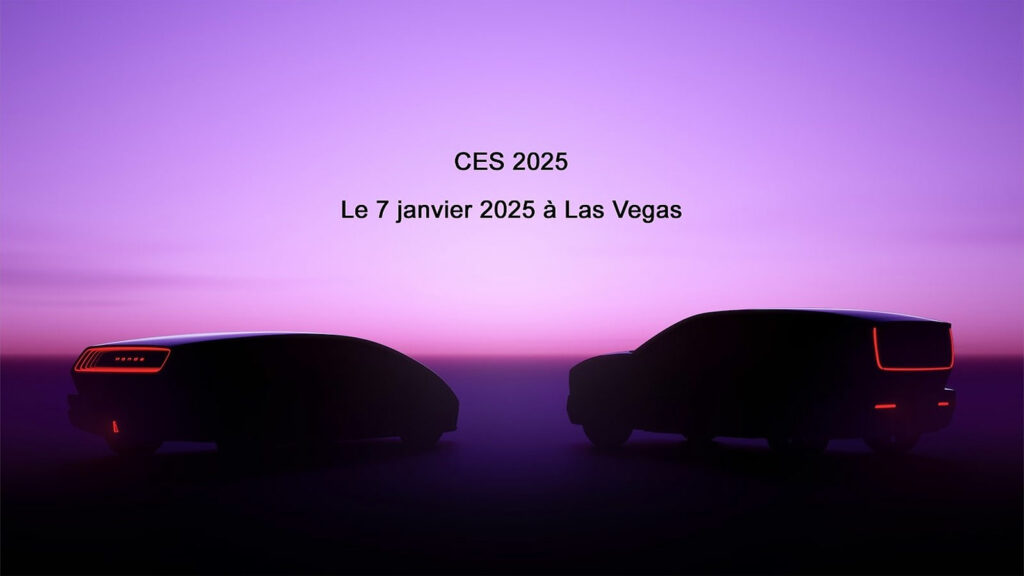
Honda unveiled their 0 (Zero Emission) Series BEV prototypes. The automaker also provided an overview of the SoC that will support the 0 Series cars, and also their forthcoming SDVs, as well as their planned new-energy customer service, which will be introduced when the 0 Series models go on sale.
It is also exciting to see what happens to the collaboration between Honda and Sony, which appears together as Sony Honda Mobility Inc.. The body of the concept car shown in Las Vegas will only play a minor role. Sony is mainly concerned with connectivity and innovative solutions for operating the infotainment system. Entertainment and games are of course a must for the Playstation fathers. Presumably you can import your game saves into the car and play games such as Gran Turismo 7 or FIFA in traffic jams.
Suzuki’s New Platform
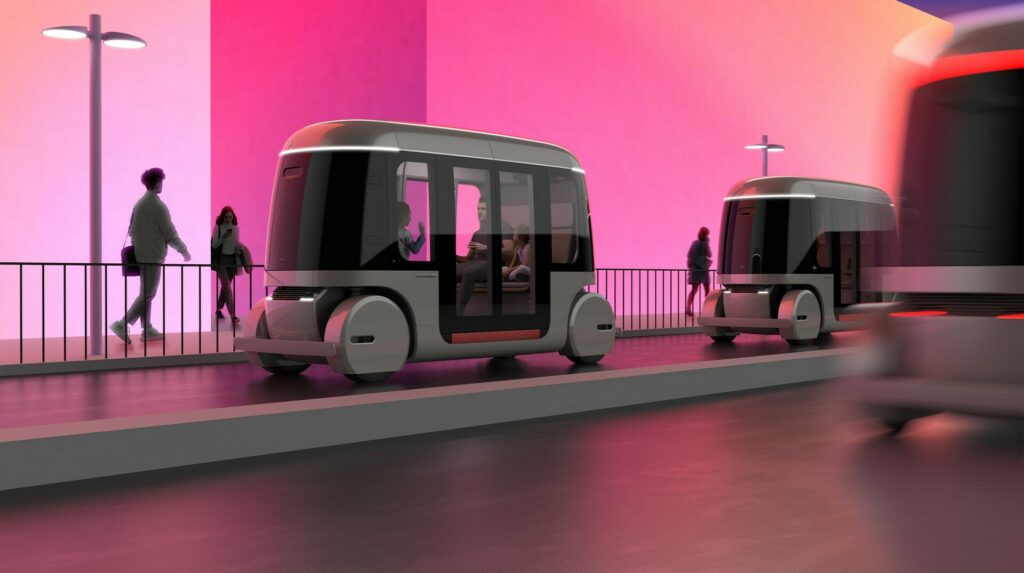
Suzuki is at CES for the first time, and they’re showing their work on autonomous driving. Together with technology company Applied EV, Suzuki has developed an autonomous electric platform designed for small cars. The robotic vehicles are designed to drive in defined areas and thus counteract the shortage of drivers in the industry. Glydways, a company that has developed an urban transportation system together with Suzuki in which small, autonomous vehicles use their own lanes, is taking the same approach. Even smaller is a versatile architecture for electric micromobility, based on technology developed in-house for electric wheelchairs. The result is robots that operate with artificial intelligence. Examples include the LM-A automatic Lomby delivery robot and the V3 snow clearing drone, which is being implemented by Everblue Technologies.
Zeekr with 3 Models
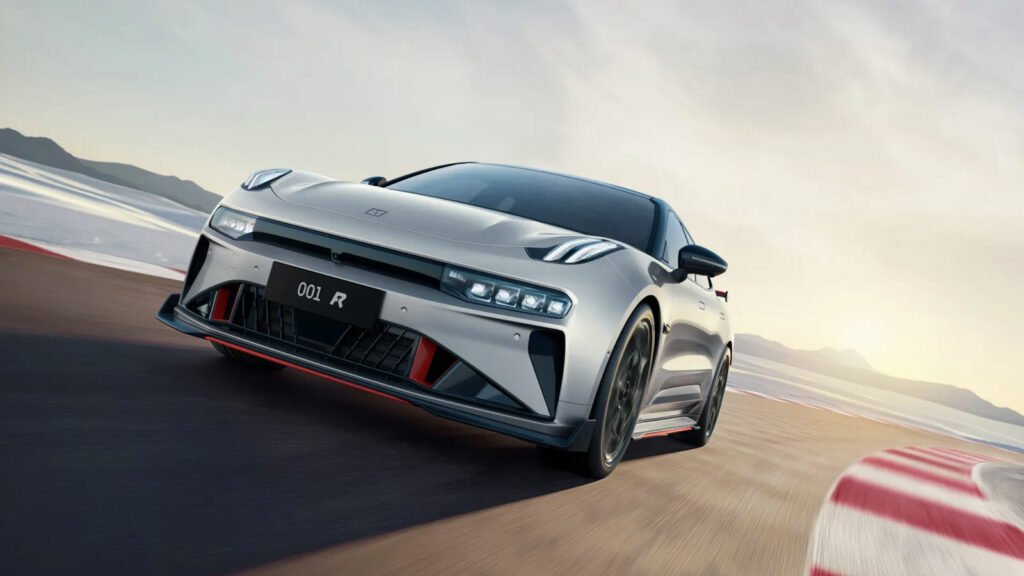
Zeekr, one of the many brands of Chinese car company Geely, brought the 001 FR, 009 and Mix models to CES. Zeekr sold a record 222,123 vehicles in 2024. Geely recently shuffled around its brands, meaning Lynk & Co now sits under the Zeekr umbrella.
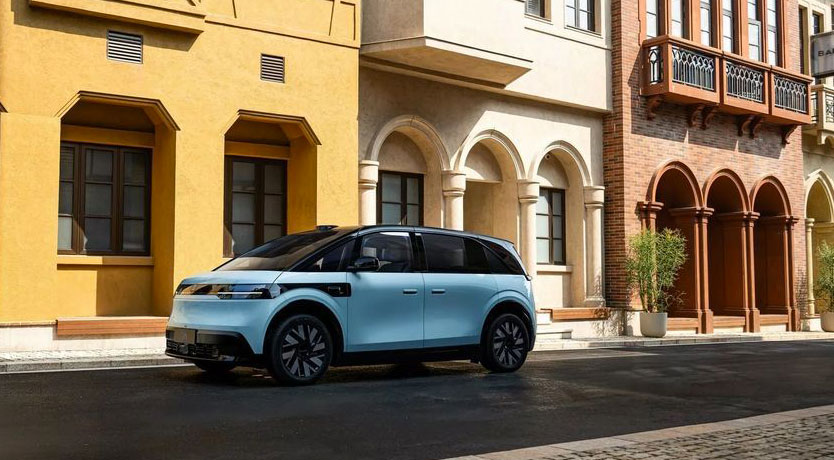
The electric ID.Buzz competitor Zeekr Mix scores points with autonomous driving functions, powered by a large number of sensors including a lidar. The Zeekr 009 Grand is much more striking. The luxury version of the electric van has four seats and a high-quality interior. Zeekr is also taking part in the general arms race with the 001 FR. With 969 kW, the company is at the forefront for the time being. There is no end in sight in the medium term
More news to come….!
